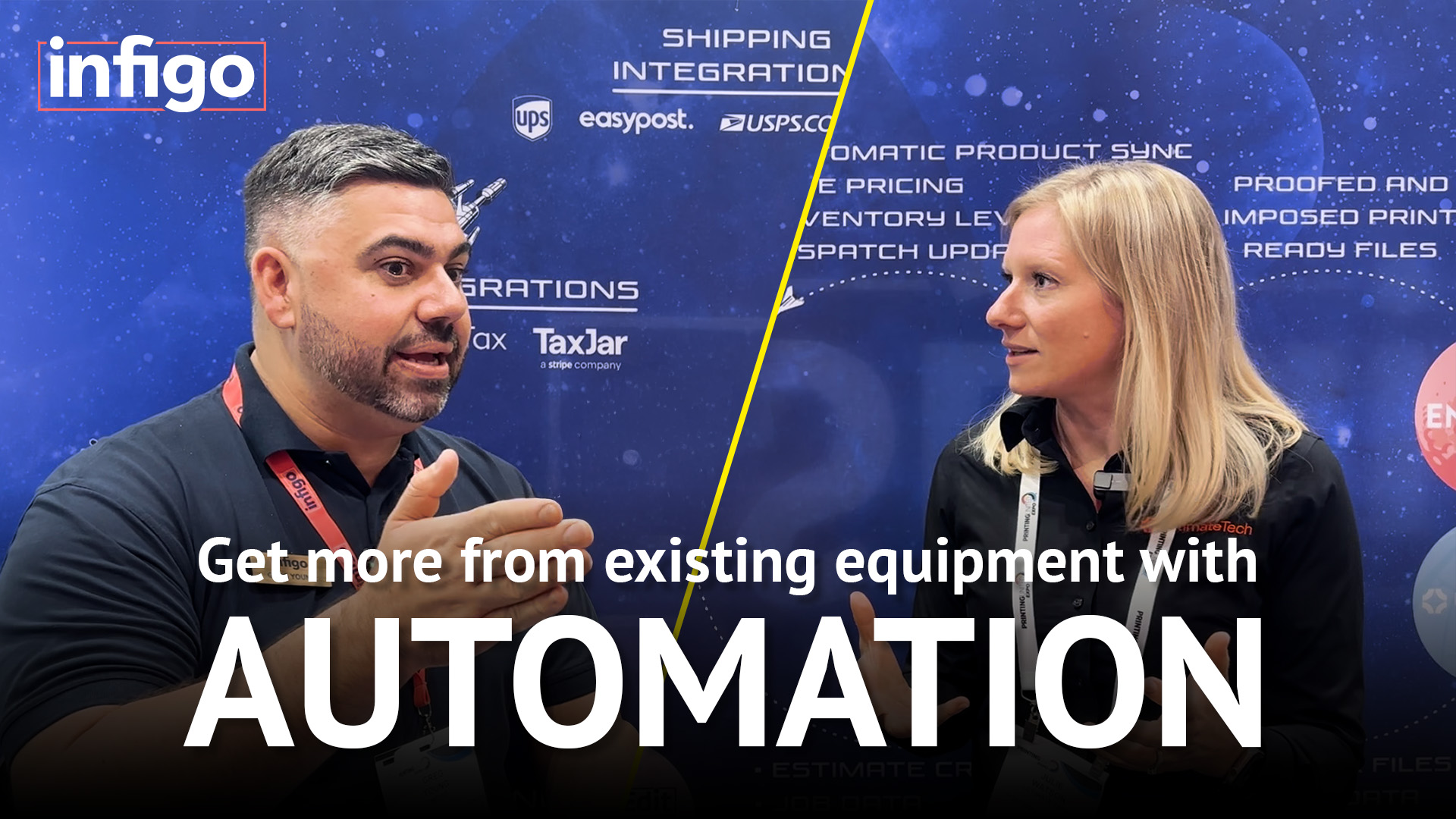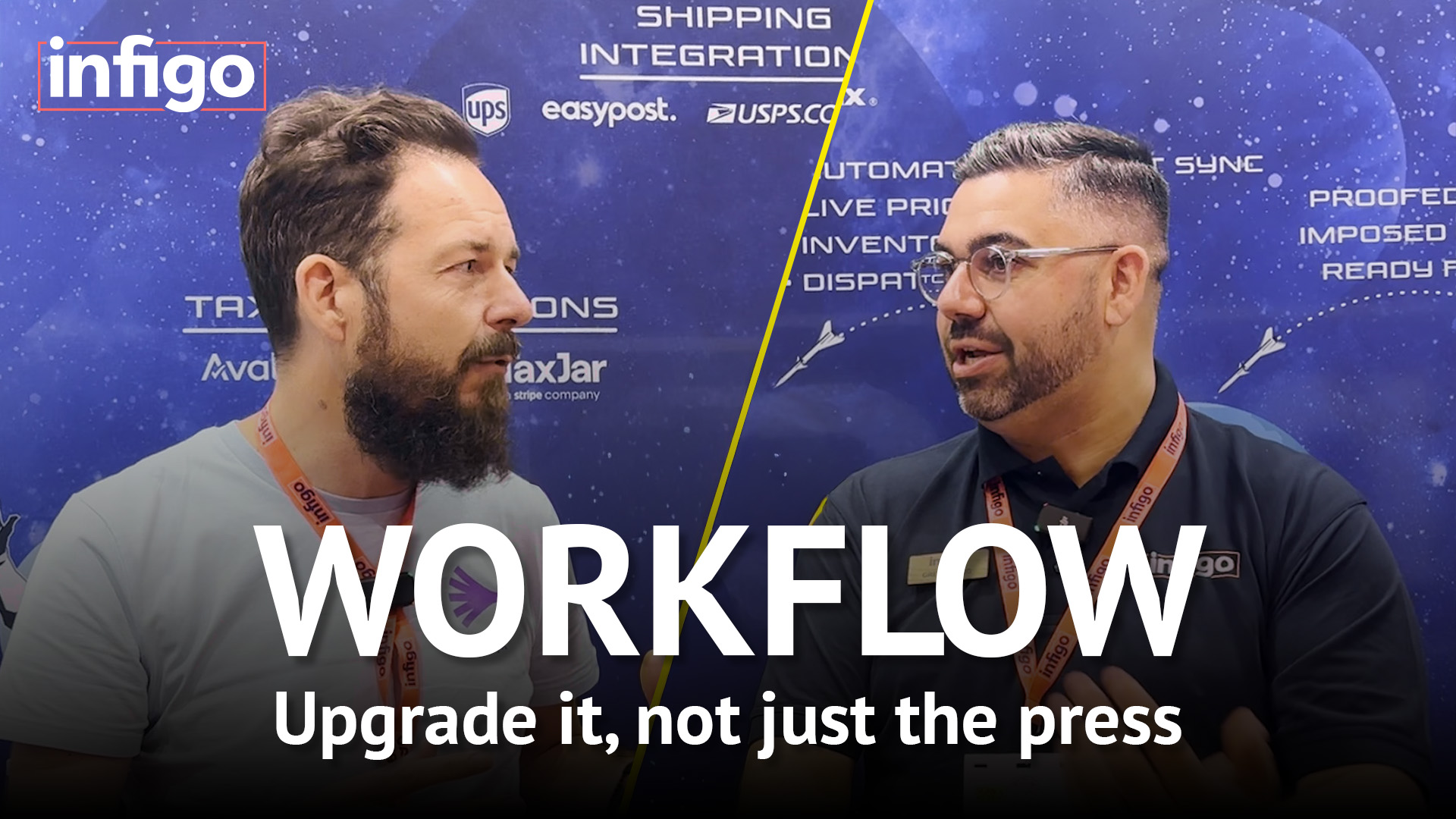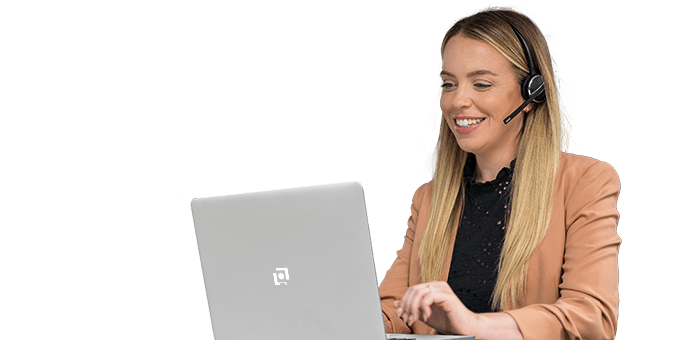From Manual to Automated: How Imposition Software Saves 80% of Prep Time with Julie Watson
Key Takeaways
- Imposition software is no longer just about file preparation. Modern solutions automate the entire workflow from web-to-print order intake through to finishing equipment setup via JDF (Job Definition Format) connectivity.
- Print service providers can achieve up to 80% time savings in file preparation, with same-day ROI (Return on Investment) when implementing imposition and finishing automation.
- Automation isn’t exclusive to large print shops. It’s actually more critical for smaller operations struggling with staffing challenges and needing to maximize existing equipment capacity.
- Modern imposition solutions work across multiple segments including commercial print, books, mailings, labels, and wide format, allowing PSPs (Print Service Providers) to centralize workflows for diverse equipment.
- Staff retention and hiring improve when automation removes tedious manual tasks, allowing employees to focus on quality control and higher-value responsibilities.
- Quick implementation is now achievable. PSPs can be operational with just a couple of hours of online training rather than weeks or months of onboarding.




